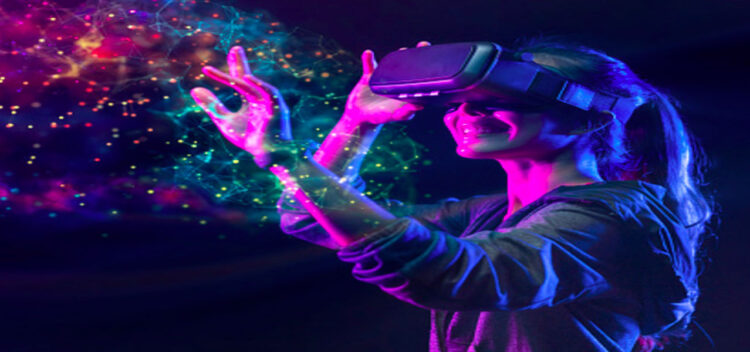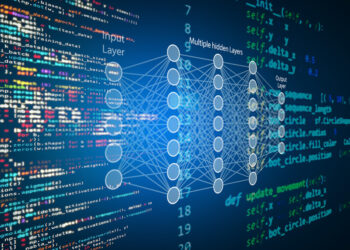Various industrial players are spending massive amounts on developing miniaturized, cost-effective, and energy-efficient high-resolution displays that have laid the groundwork for future display technologies, providing a positive jumpstart to the next generation of Virtual and Augmented Reality and mixed reality services and commodities.
Why Micro-LEDs?
High-performance displays are in high demand due to their numerous applications in smart devices (smartphones/watches), augmented reality, virtual reality, and naked eye 3D projection. High-resolution, transparent, and flexible displays will be the most sought-after type of future display.
Light-emitting diodes (LEDs) based on inorganic materials with lateral dimensions more diminutive than 100 m 100 m (also known as micro-LEDs) have recently received a lot more attention as display technology because of their unique characteristics, including lower power consumption (30–40% of LCD), longer life span, the fast response time (Nanosecond level), and wide RGB color gamut.
Compared to existing LCD displays, the micro-LED display has a tenfold faster response rate, 1.4 times wider color gamut, and a 3.5 times higher contrast ratio. These micro-LED luminescence efficiencies were improved further by increasing light extraction efficiency.
Augmented reality (AR) is an improved version that allows the real physical world to be made possible using digital visual elements, sound, or other sensory stimuli delivered through technology. It’s a growing trend among businesses involved in mobile computing, particularly business applications.
Buzz over AR glasses
In a simple language, Smart glasses can be defined as wearable computer glasses that display information in addition to or instead of what the wearer sees and going up a notch, AR glasses serve primarily the same functions with added characteristics of more detailed digital information overlay which can be defined in a 3D view.
However, AR glasses have improved from being prohibitively expensive, clunky, and experimental over the last decade to being discreet and highly functional.
While labelling any brand of AR glasses cheap is still a stretch, the price has dropped dramatically. As more businesses enter the market, competition is expected to drive innovation and design while also driving down costs.
Working on AR glasses
Augmented reality glasses are made up of a few key components that collaborate to give the appearance of new items being added to the real world, in a nutshell, these components are:
The Display: Known as a combiner, its working glass lenses that allow natural light to pass through the eyes are combined with digital LED, OLED, or micro-LED displays that send computer-generated images to the eyes.
The Camera – Works in conjunction with users’ smart devices capturing and using real-time image information from the user’s environment, giving a sense of an alternate reality on similar grounds to the user’s actual experience.
Registration and Computer Vision – Both of the components work in tandem, out of which the roster consists of icons (which the wearer cannot see) through which the device’s computerized part places an AR object in the real world, using real-world landmarks such as the corner formed by two walls, the lines of the window, the geometrical shape of a carpet, and so on.
While computer vision integrates two types of images – being provided by the camera and the one generated by the registration using the markers, to create a result seen through the equipment/glass.
Also Read: Could Artificial Intelligence Help Identify Your Risk To Serious Illness And Disease
AR vs. VR Glasses
In a bid to differentiate two of the hottest technologies incorporated in intelligent glasses, we can clear up the main distinction between virtual reality (VR) glasses and augmented reality (AR) glasses and the degree to which reality is altered when viewed through them.
While AR glasses use and show information on your real-world view, VR simulates an entirely different reality. Virtual reality aims to give the user the impression that they are in a unique and alien environment.
The advantage of AR technology over VR technology is that it allows users to work, play, and interact with the world around them, with the added benefit of additional information.
Recent Developments
In this advanced world, getting an edge over the competition or constant innovation is the only tool that can keep an organization or individual’s growth stable; as the world gets closer to the dream of automation, virtual and augmented reality is implemented in our day-to-day life.
It has increased the demand for new technologies and research that can work with intelligent devices integrated with virtual or augmented reality experiences.
In a similar bid, a company named Raxium has emerged as a forefront innovator in single-panel Micro LED display technologies that have laid the foundation for future display technologies that are producing miniaturized, cost-effective, and energy-efficient high-resolution displays.
Apart from a few very peculiar products, commercial production of MicroLEDs has been limited due to high manufacturing costs. On the other hand, Maximum claims to be on the “cutting edge of bringing monolithic integration” to MicroLEDs, like that used in silicon computer chips.
This could allow them to be mass-produced at a much lower cost providing straightforward future applications in qualifying for a new class of smaller and more powerful display products ranging from augmented and virtual reality microdisplays to life-size panel-based light field arrays.
Associated with production capabilities and involvement of key players in the industry, micro-LED-based smartwatches and near-to-eye (NTE) gadgets are likely to be commercialized in the future years.
Furthermore, during the projection period, the adoption rate of micro-LED displays in luxury smartphones is predicted to significantly expand, propelling the micro-LED market in smartphones forward.
Also Read: Why is Artificial Intelligence the Future of Growth?
Virtual and Augmented Reality – Market View
Implementation, panel type, vertical, and territory are all used to segment the market. North America dominates America, owing to the rising adoption of advanced display technologies in the consumer devices, trade, and academic industries, particularly in the United States.
Given the increasing adoption of smartphones in this region, Asia-Pacific is predicted to be the fastest expanding territory.
The research makes a spectacular endeavour to uncover significant opportunities accessible within the global Micro-LED Display market, helping players achieve a powerful market position with industry-standard precision in analysis and excellent data integrity.
By 2030, the world micro-LED Display segment is expected to rise by over 91.0 per cent, reaching USD 28,500.1 million.













